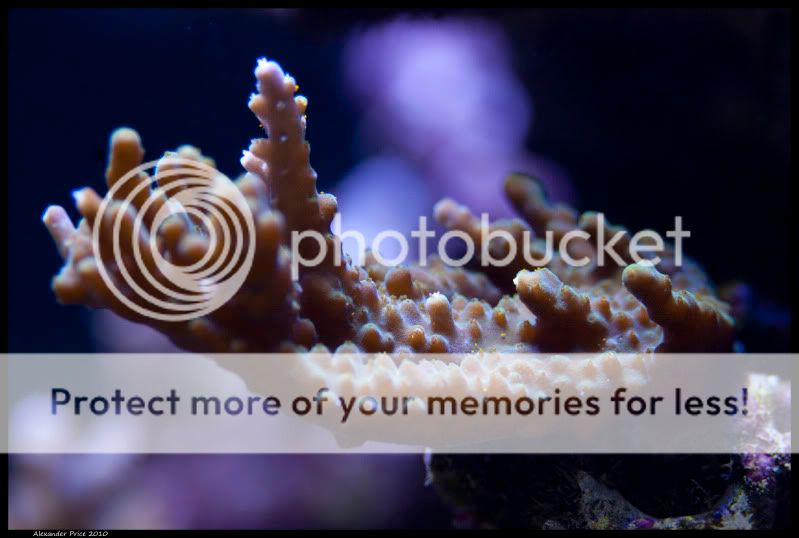Taqpol
New member
Not an expert here but maybe I can clarify.The output of the bio pellet reactor is positioned as close to the skimmer input as possible as to skim out dead bacteria and to limit bacteria entering the water column and making it back to the display. So, in my experience the bacteria itself is only used for reducing NO3 and PO4 but it does't directly "feed" the corals etc... This is different from a Zeovit system where the "mulm" created inside the Zeovit reactor directly feeds the corals. Any excess bacteria that sloughs off inside a bio pellet reactor is to be skimmed out.
Bio Balls are not a carbon source. These are two separate systems entirely. Bio pellets are a "consumable" carbon based material that beneficial bacteria eat and then intern multiply within. They are essentially a home for good bacteria to populate and multiply. This bacteria is very efficient at reducing NO3 and PO4. As the bacteria consumes the bio pellets the pellets will need to be replenished overtime. This is dependent on their efficiency, bio load of the system, and other unknown factors...
The use of bio pellets reduces unwanted nutrients such as NO3 and PO4 quite effectively in my experience. When elevated nutrients are present, the symbiotic zooxanthellae algae present inside the corals will be essentially "fertilized" by the available nitrogen. When this happens it can make SPS corals look brown as this is the natural color of the zooxanthellae algae. When these nutrients are reduced, i.e. through the use of bio pellets (solid carbon dosing), zooxanthellae is reduced and a more colorful presentation of the coral comes through.
Once the bio pellets have been established and a ULNS environment has been created, subsequent feeding imo are necessary for corals to thrive. The available nutrients that were present in the water column are now unavailable. There are many known beneficial methods to feed corals but you'll have to decide if you go this route, what the most suitable method would be for the corals you are keeping would be, whether it be SPS or LPS, or both. I don't believe a ULNS environment is a suitable one for softies in general but I don't have much experience with that. Hope this helps.
As far as LED's in relation to bio pellets ULNS, Alex would have to chime in.
Thats exactly as I see it.




















